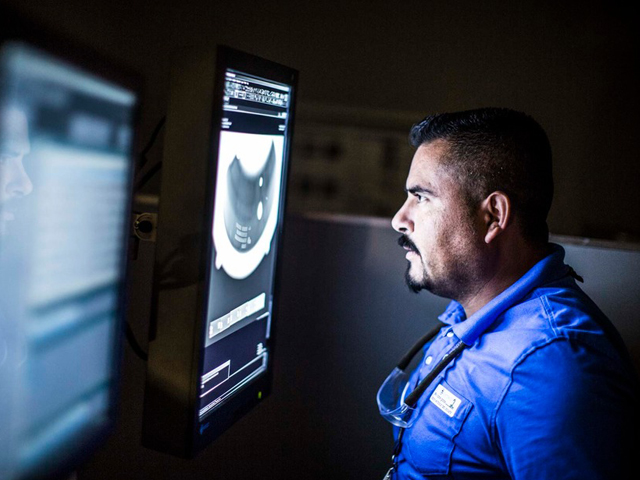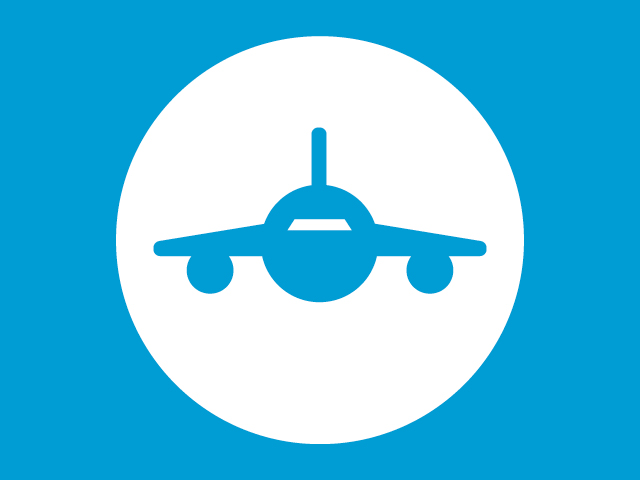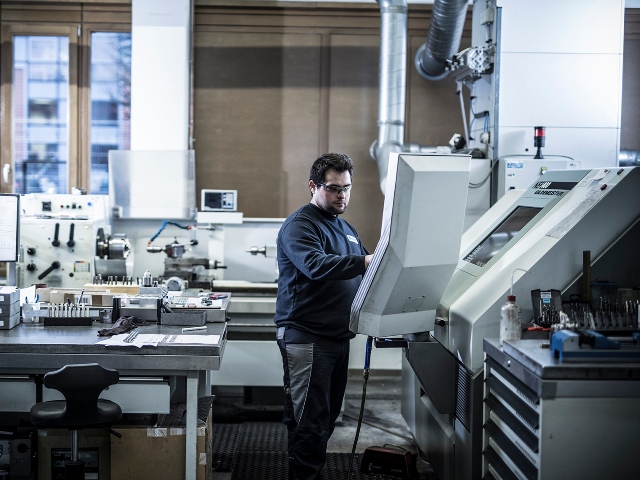Blog Post
The Difference Between Computed Radiography (CR) and Digital Radiography (DR)
Digital radiographyhas seen increasing use in the world of non-destructive testing in recent years, of which there are two basic types: Computed Radiography (CR) and Digital Detector Array radiography (DDA), more commonly known asDigital Radiography (DR).
通过持续的技术进步和对传统电影的采购,加工和储存的持续的经济减少,数字系统迅速成为首选。
Digital radiography also encompassesComputed Tomography (CT),编译多个数字图像以产生3D图像。尽管CT扫描已有40岁以上的医学成像,但它仍然是工业中相对较新的应用non-destructive testing.
Computed radiography Vs digital radiography
Computed radiographyis an间接process, designed to be a replacement for traditional film radiography. A rigid or flexible cassette houses the imaging plate (IP), which facilitates their use in many applications.
在X射线曝光之后,从盒式磁带中移除IP并由专用处理器扫描,该专用处理器读取存储的潜伏(隐藏)图像,将其转换为数字图像。传统胶片的主要优势是IPS被重用数百,甚至数千次(取决于X射线能量)。与大约九分钟的薄膜加工相比,扫描通常需要两分钟。图像质量与薄膜相当,一般LY超过它,特别是关于对比敏感性。
IPs can be used similarly to conventional film. For example, pipe bores and flanges are radiographed as the flexible cassettes can be placed in or around complex shapes. The superior dynamic range of CR systems, coupled with the ability to enhance and manipulate the processed image (software filters), ensures reshoots are eliminated.
Digital radiographyuses a digital detector array, also known as a flat panel detector in place of an IP or traditional film. The detector converts the X-rays either directly or indirectly into a digital image which can be ready to view almost instantly. This feature is harnessed in the field of “real-time” radiography, which is a quick but effective method of product evaluation.
与Cr尤其是薄膜相比,DR通常需要较小剂量的辐射,从而越来越少的曝光时间来获得相当的图像质量。DR还具有非常高的动态范围,位深度通常为8到16位。也可以使用灰度变换和滤波器来操纵和增强图像。从理论上讲,FPD可以使用数千次多年来,因为没有必要扫描或化学加工,它提供了非常有效和经济高效的解决方案。
3D scanning: computed tomography (CT)
DR和CR模态都产生了物体的2D图像。相反,CT systemsproduce a 3D image that is created by taking multiple image ‘slices’ (usually many thousands) at different angles around a single axis of object rotation. The computer then uses complex algorithms to reconstruct the slices into a 3D form. This process is very computer-intensive and can be time-consuming. Still, the final reconstructed image can pinpoint discontinuities within an object and give a precise depth and location which 2D systems simply cannot provide.
数字系统的好处
As a rule, the main advantage digital systems have over film-based systems is image portability. Images can be easily stored or sent electronically worldwide in seconds, as they are saved as computer files in various formats as opposed to film, which is carefully stored in humidity-controlled environments – for decades in some cases.
Deciding between computed and digital radiography
There are several factors to consider when deciding which method best suits your needs. Both CR and DR systems generally require far less exposure time than film radiography. Both offer high latitude images and eliminate the reliance on chemicals for processing.
与CR系统相比,对DR系统提高了整体图像质量,更有效;DDA曝光通常在持续时间内为10-15秒,这大幅减少了检查时间。
DDA应用包括若干小标本,放置在一个14“X17”探测器上,或者在较大样本周围定向探测器。然而,Cr膜是灵活的,以满足样品的轮廓,这是DD应用不可能的。
作为一个没有DDA系统t involve a technician removing the IP (or film to be processed), it permits automation by specimen manipulation between the source and the detector. This can be applied to small and large specimens alike.
The Element advantage
元件’s industry-leading laboratories host the latest digital radiographic testing equipment that can quickly and efficiently identify weaknesses in your materials. Our experts use this powerful non-destructive testing method in the aerospace, energy, and manufacturing sectors to make certain your products are compliant and fit for purpose.
View more articles aboutAerospace Testing ServicesEnergyTransportation Testing Services
通过介绍与您的相关文章Nucleus
making certain for nearly 190 years
更多来自元素

services
数字射线照相测试
Our industry-leading laboratories host the latest digital radiographic testing equipment that can quickly and efficiently identify weaknesses in your materials.
阅读更多

Services
Radiographic Inspection (RT)
元件具有对计算和数字射线照相执行传统胶片射线照相的能力,这是一种高度敏感的方法,其以任何笔记本电脑或计算机在任何可在任何笔记本电脑上观看的数字格式。
Read More

Services
非破坏性测试
了解有关NDT服务元素的范围,用于评估材料,零件,产品,焊接或系统的性质,而无需实质性地影响所测试物品的完整性。
阅读更多

新闻
元件invests over $3m in computed radiography for aerospace NDT testing
元件has invested over $3m in computed radiography equipment and training to expand its aerospace NDT testing capabilities across the UK and the USA.
READ FULL ARTICLE



